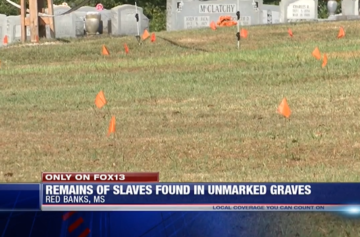The recently opened Whitney Plantation museum in Louisiana serves a unique purpose. It is not intended, like many others in the region, to romanticize slavery and glorify the expansive antebellum-styled homes in which the “masters” resided.
Rather, the Whitney Plantation site focuses on the enslaved people and serves as a sort of memorial to them, with life-sized sculptures of enslaved children, for example, as a prominent part of the displays.
Interestingly, the founder is a white man, John Cummings, 77, who said to Reuters, while pointing at his arm: “The idea is to have people with this color skin be educated. When you leave here you will be different.”
Cummings is a retired trial attorney from New Orleans. He became wealthy litigating huge disasters from deadly hotel fires to a sugar refinery explosion. He invested more than $7.5 million into this site, a sugar cane plantation Cummings purchased 17 years ago from an oil company that intended to redevelop it.
The Great River Road, which runs between Baton Rouge and New Orleans, features many plantation museums, all designed to magnify how well the owners of the enslaved lived.
On Cummings’ property, ceramic heads of Black enslaved men are on display. There are granite slabs bearing the names of thousands of Louisiana slaves, mixed with poignant excerpts of their narratives. Just 11 minutes of the two-hour tour is given to the home of the German-American masters who lived there.
Scenes from Django, the 2012 Quentin Tarantino film, were shot on and around the extensive lands.
Sixty ceramic sculptures of Black men’s heads on spikes will commemorate a nearby 1811 slave revolt—often called as the largest in U.S. history—when it opens later this year. The revolt ended in mass beheadings. Hence, the nature of the display.
A Black congregation donated an old church, and inside it are 30 terra cotta sculptures of slave children without eyes, in the style of death masks.
Hovering above is a bust of Pope Nicholas V, whose 15th century edicts sanctioned the Portuguese to enslave Africans.
There are seven wooden slave shacks that line the rear of the main house, two of them original to the property and all of them without even a chair.
The intent of these displays is to “help the whites understand how Blacks might carry anger and resentment with them,” said Ferdinand Gaines Jr., pastor of First Antioch Baptist Church, which donated its old church building to the plantation.
Additionally, the museum helps remind Black people that “we did come out of slavery but it wasn’t all because of black power and black ingenuity,” Gaines said. “There were whites even back then who were supportive of liberating Black people.”
Cummings said he’s creating an on-site institute to further the study of slavery and plans to restore a cluster of guest houses for visiting scholars.


